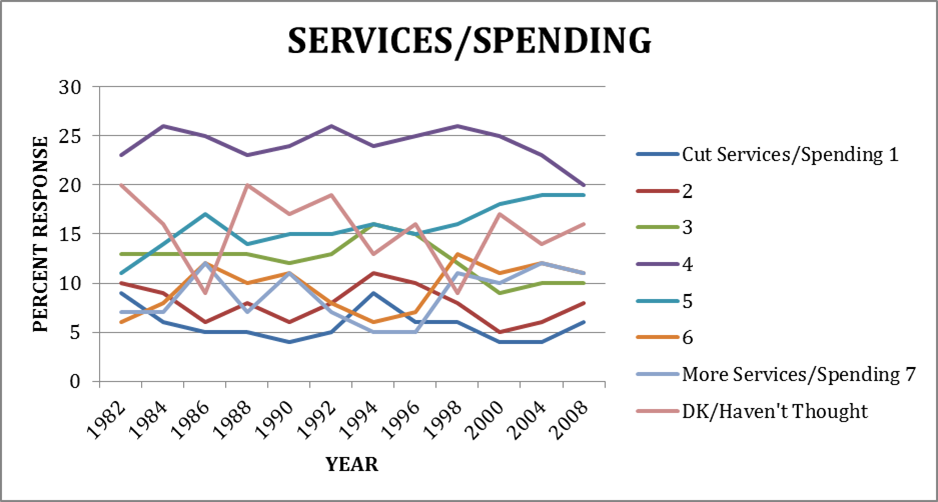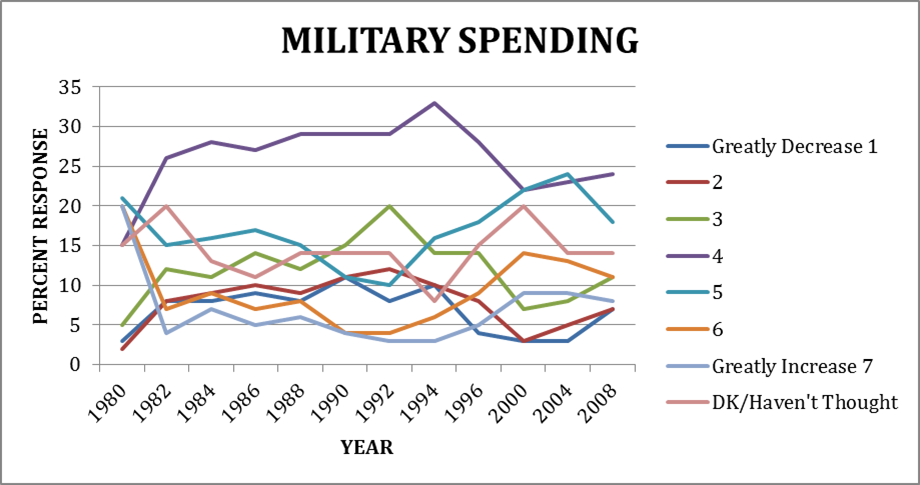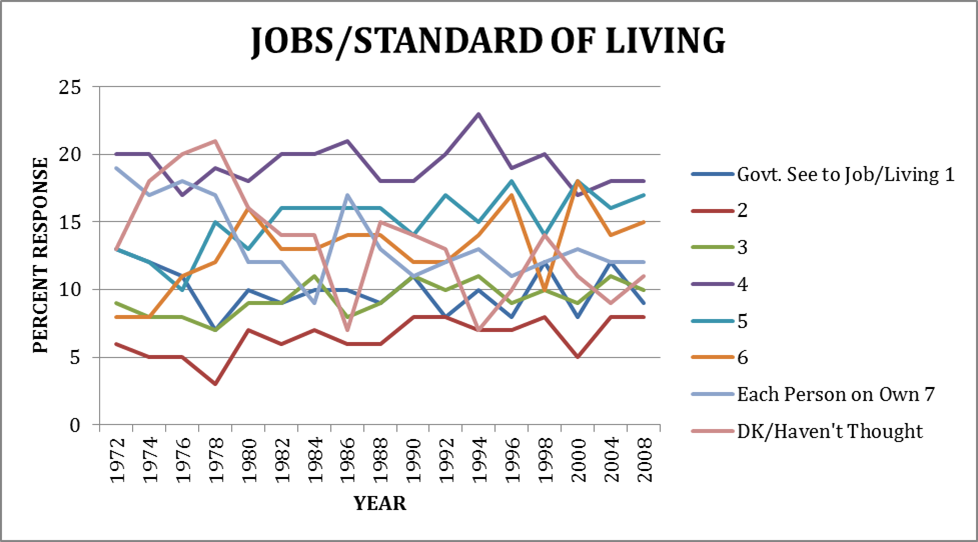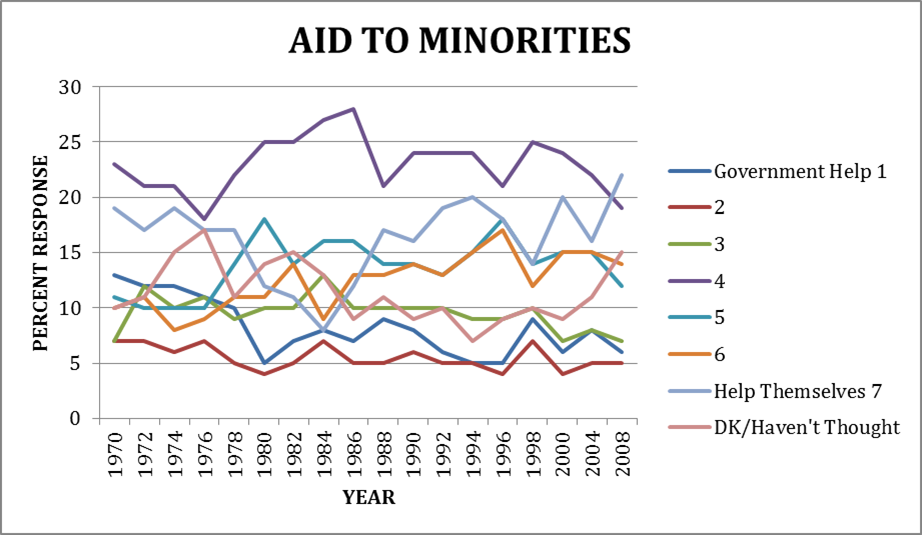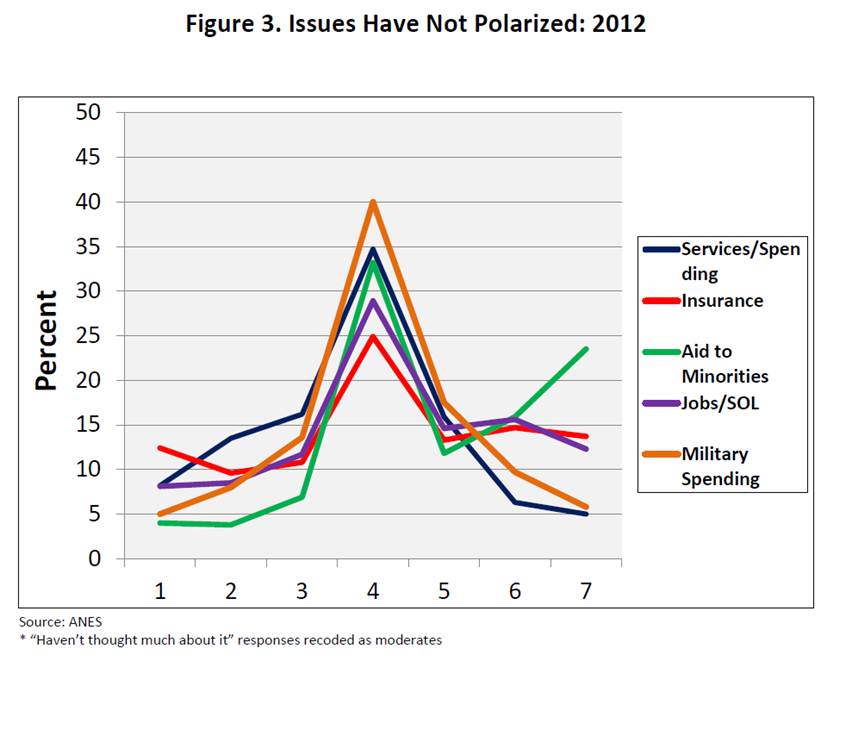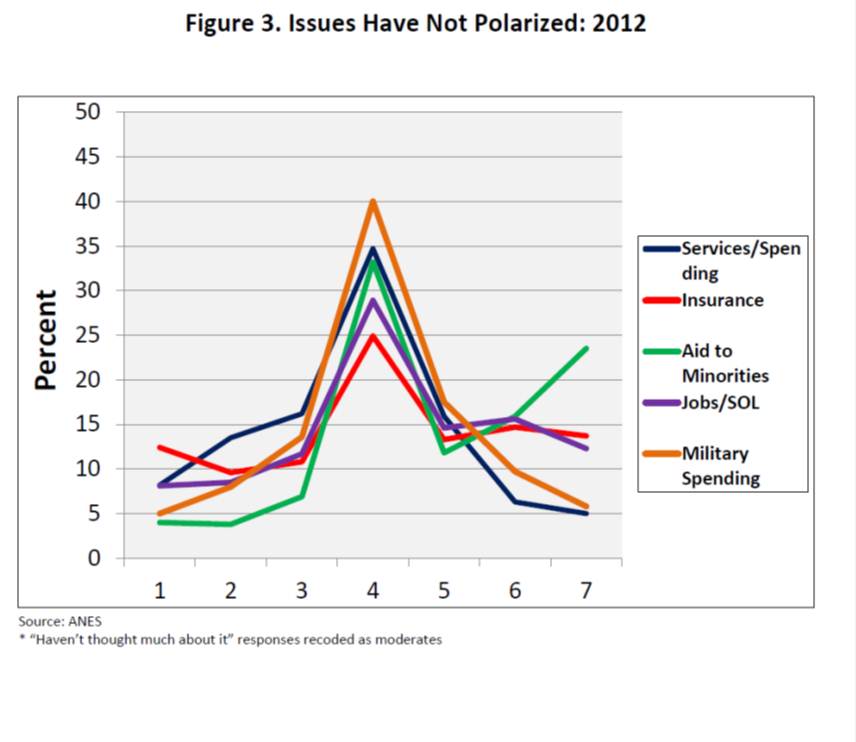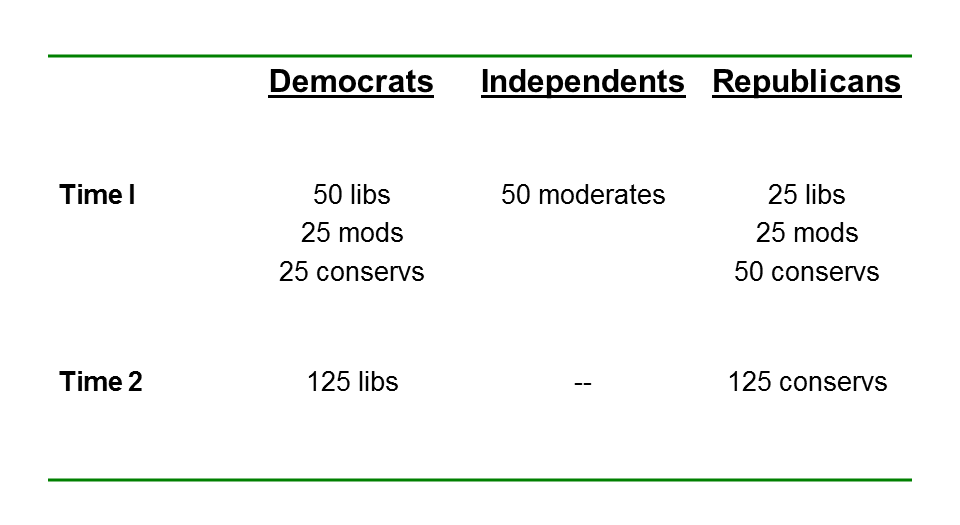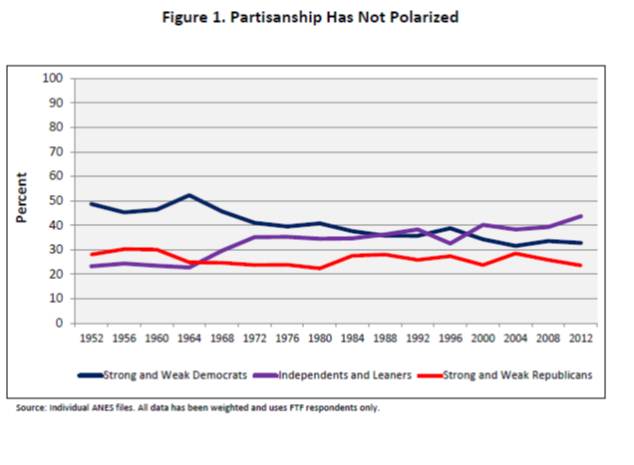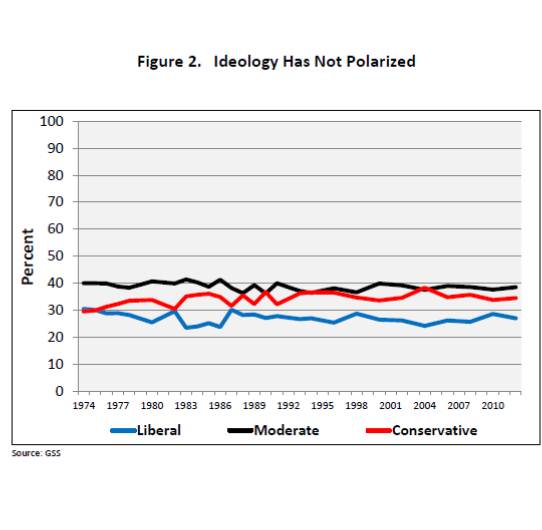Those readers familiar with my 2016 election coverage remember that I strongly believe that to fully understand a presidential candidate, it is necessary to see them in their natural environment: on the campaign trail, speaking to, and with, voters. Without attending the rallies, it is easy to let prior assumptions drive election analysis, as happened to me when I initially failed to understand the scope of and reasons for Trump’s support, and instead was too quick to write off his presidential candidacy. (For my analysis of what I saw and heard at his campaign rallies, see here). Direct observation also helps sidestep the influence of a media that is often too eager to fit a campaign event into an existing narrative that may not fully capture what actually occurred.
With that in mind, and given that the “invisible” primary has become slightly more visible (thanks to the first set of debates (see my debate analysis here), once again I’ve begun my quadrennial madness, dashing from campaign event to campaign event in order to give you an unvarnished (as much as possible) ringside seat for what is shaping up to be another fascinating, and portentous, election. My initial focus will be on the Democrats’ side of the nominating process, since that is where the action is. We begin with my visit to a Biden campaign event in New Hampshire, once of several he held in the Granite state yesterday. Biden, of course, was coming off a subpar debate performance two weeks ago highlighted by his exchange with Senator Kamala Harris regarding mandatory busing to integrate public schools – an exchange that, as replayed by the media, likely contributed to a post-debate erosion in Biden’s polling support. Much of the polling support Biden lost appeared to move to Harris, as she saw her polling numbers increase by about 8%, pushing her into a virtual tie for second in national polls, with Sanders and Warren.

So, I was eager to see how Biden would respond in the aftermath of the debate. Would he continue to position himself as a front runner, focusing primarily on his ability to beat Trump? Or would he respond to the attacks by his Democrat rivals? As it turned out, he did a little of both. (As always, in writing these posts I am relying on contemporaneous tweets send out by me during the event, notes taken by my fellow campaign analyst and wife Alison, and my increasingly faulty memory. All references to statements by others are paraphrased, unless in quotation marks.)
We arrived at Mack’s Apples, a picturesque little farmer’s market in Londonderry, just as Biden launched into his speech. Although Biden was speaking from inside a small barn, most of the 300 or so people attending (but not the media) were outside, trying to stay cool on an extremely hot day.

Biden prefaced his talk by saying he was in the race for three reasons: health care, climate change, and to bring the nation together. We did not hear Biden mention his Democrat rivals by name, but it was clear they were on his mind when he launched into a strong defense of the Affordable Care Act, arguably Obama’s signature domestic achievement, saying he would oppose any effort to replace it. In a not-so-slightly veiled barb at his opponents who are pushing to supplant the ACA with some version of Medicare-For-All, Biden argued instead for strengthening and extending the existing health care legislation, in part by adding a public option, which he sees as both a less expensive and more politically feasible approach. He also sought to link health care to criminal justice reform by emphasizing the importance of drug treatment as an alternative to incarceration for addiction.
He then turned to climate change, saying everything else pales in comparison. He promised that the first act of the Biden presidency would be to rejoin the Paris climate accord, which generated strong applause from the audience. He noted that although the U.S. contributes 15% of global carbon emissions, it should use its position of influence to work with other nations to reduce overall emissions. Trump, he argued, hurt this effort by isolating the U.S. and damaging relations with our allies – a pattern Biden pledged to reverse, citing his extensive experience on the Senate Foreign Relations committee. He also pointed out that there were immediate steps the country could take to curb emissions, such as increasing the number of charging stations for electric cars.
Biden’s final point centered on an issue that has gotten him into difficulties with some of his opponents: the need to work with political opponents to get things done, which he sees as crucial to bringing the nation together. The President, he said – using language drawn straight from Richard Neustadt’s classic work Presidential Power “must be able to persuade.” (At this point I tweeted that he had already earned my vote simply by quoting my dissertation adviser! – if I voted. Which I don’t.) He defended the need for political pragmatism and pointed out that it was that focus on reaching across the aisle for support that led to Democrats’ victories in predominantly red states in the 2018 midterm elections. He also made a plea to the millennial voters, arguing that they could have a transformative impact if they voted at the same rates as everyone else.
Biden finished on a rhetorical high note by trying to draw contrasts with Trump and his political supporters. “We are for hope, they are for fear,” he roared, “We are for unity, they are for division” and finishing with “We are for truth, they are for lies!” The music kicked in, and he waded into the small crowd in the barn to meet and greet, followed by a line for those seeking selfies with the candidate.

Biden took no questions, and in total his talk lasted perhaps 15 minutes. This was a quick campaign stop wedged in among longer events he held in other spots in NH that day. In that time, however, it was clear that he was not apologizing for some of the stances for which he has been criticized, particularly his effort to position himself as the candidate best able to get things done, even if it means working with political rivals, and as someone with a voting record that supports that contention. His tone was feisty, as he doubled down on what seems to be the core of his candidacy: that he has the best chance to beat Trump – a point reiterated by an older man when I asked him what he thought about Biden’s speech. “It was great.” he said. “He’s the only one who can beat Trump.” “Well, that’s what he said,” I responded. “He’s right,” the man replied.
It remains unclear whether Joe will get the chance to prove that claim, or whether Democrats will view him as too old, and too willing to compromise core Democrat principles as articulated by the more progressive wing of the party. On the surface he remains as folksy and confident as ever, continuing to banter with the crowd from his SUV as he left the event. Meanwhile, we headed north to see Beto O’Rourke in action. It was an entirely different campaign experience – one I’ll post about tomorrow.


